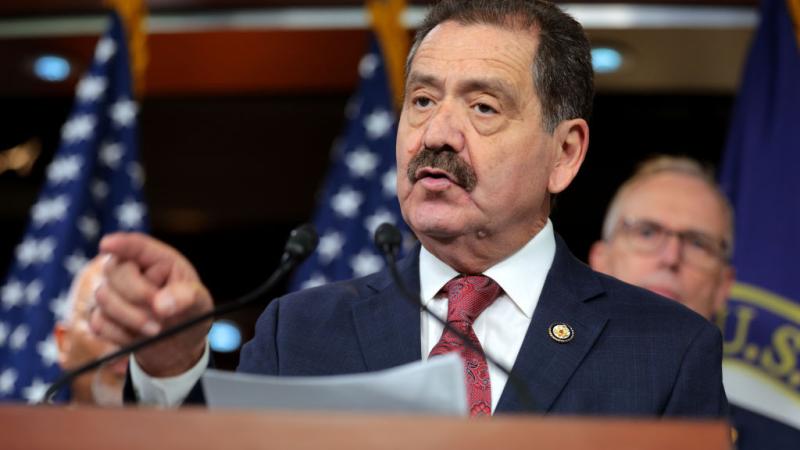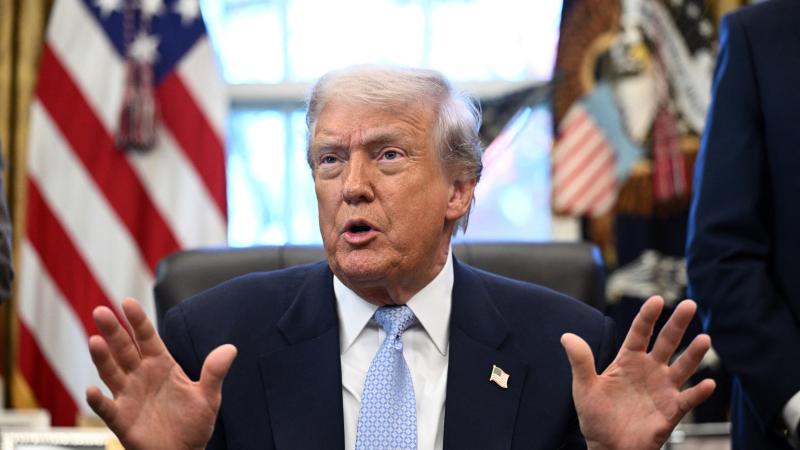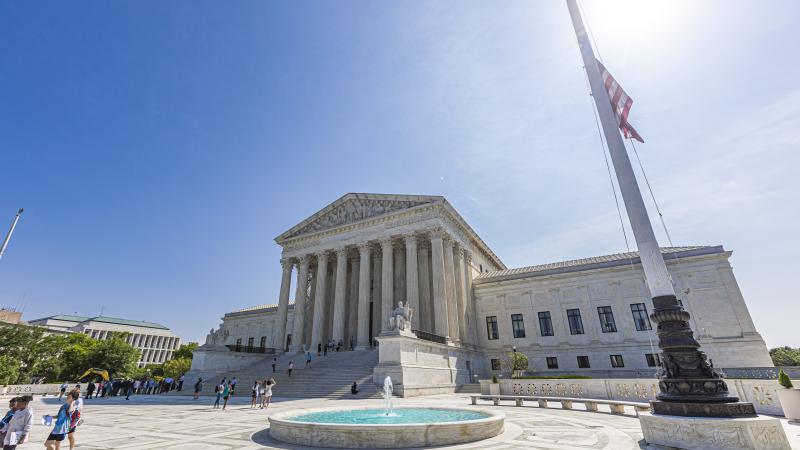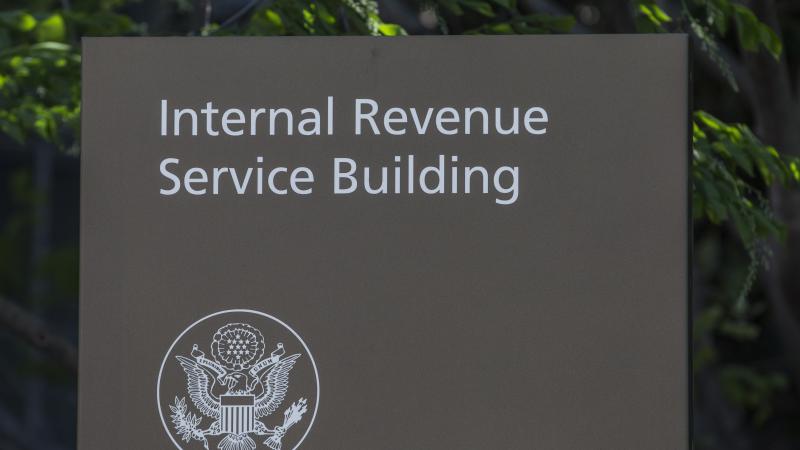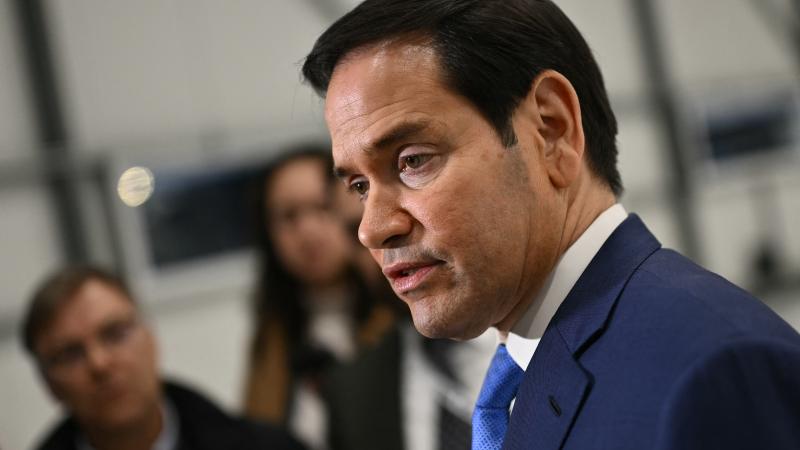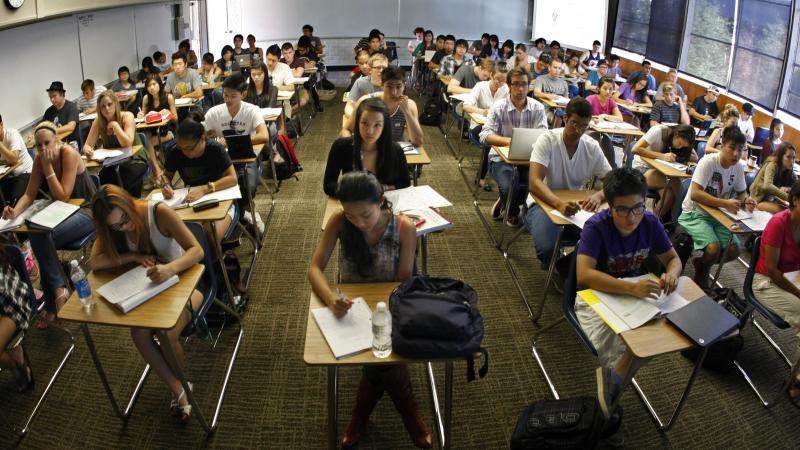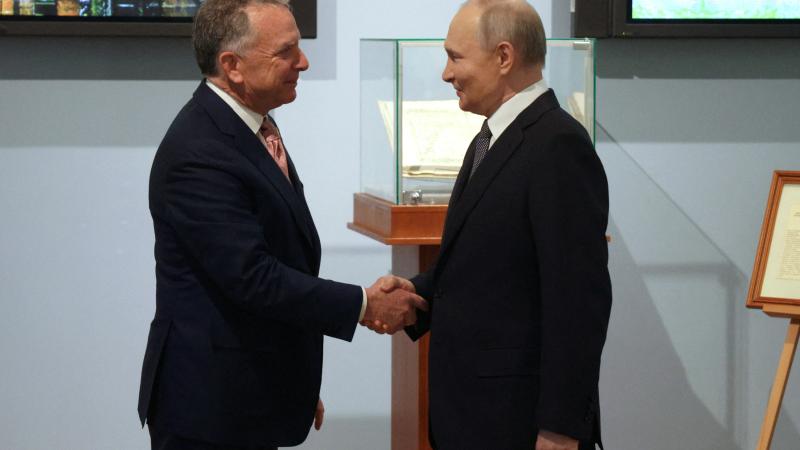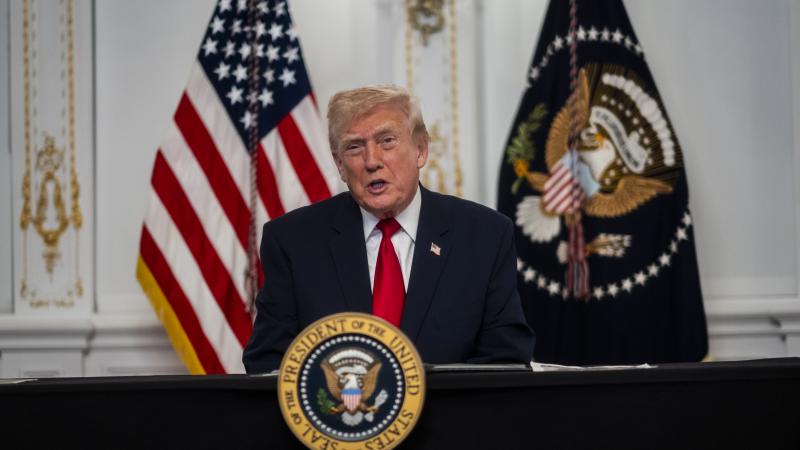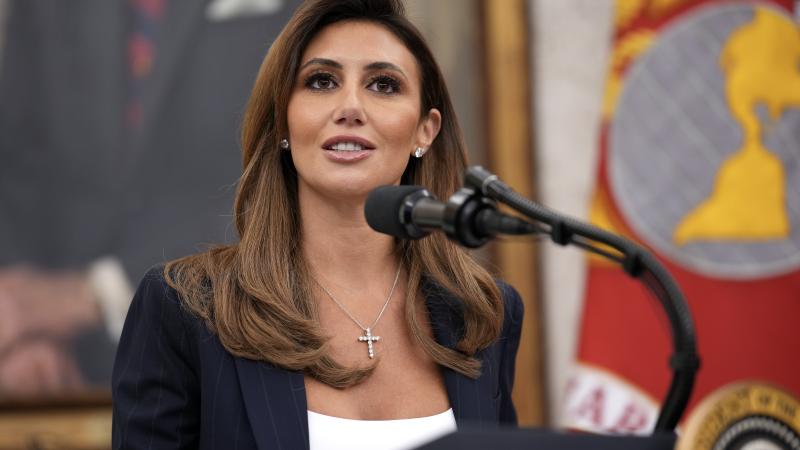Trump has yet to decide if the tariff pause with China continues
U.S. Trade Representative Jamieson Greer said Tuesday that President Donald Trump will decide if the tariff pause with China continues after two days of talks in Stockholm.
(The Center Square) -
U.S. Trade Representative Jamieson Greer said Tuesday that President Donald Trump will decide if the tariff pause with China continues after two days of talks in Stockholm.
"We're going to head back to Washington and we're going to talk with the president if that's something he wants to do," Greer told reporters after the talks in Sweden.
Trump said separately from Air Force One that the talks were "very good." The president said he'd be briefed when Greer and U.S. Commerce Secretary Scott Bessent return to the U.S.
"I just had a phone call from Scott [Bessent], and he had a very good meeting with China," Trump said. "And it seems that they are going to brief me tomorrow, and we'll either approve it or not, but he felt very good about the meeting – better than he felt yesterday."
In May, the two countries agreed to a 90-day deal to reduce high tariffs. Both countries agreed to slash tariffs that had been so high that nearly all trade between the two nations stopped. The U.S. reduced its tariffs on China from 145% to 30% while the two nations continued to talk. China cut its levies on U.S. imports from 125% to 10%. That truce is set to end Aug. 12.
If the two nations can't reach a deal, tariffs could once again soar to much higher rates, Trump and other U.S. officials have warned in recent weeks.
Chinese officials said the deal had been extended, but Bessent said it had not.
"The Chinese deputy minister did say that we had agreed on a pause. We have not. Nothing is agreed until we speak with President Trump," Bessent said.
Greer said that tariffs on Chinese goods could increase by an additional 34% if a deal is not agreed on by August 12. That's far below the 145% peak level before the May truce, but still much higher than what American consumers are used to paying.
U.S. total goods trade with China were an estimated $582.4 billion in 2024. U.S. goods exports to China in 2024 were $143.5 billion. U.S. imports from China in 2024 totaled $438.9 billion. The U.S. goods trade deficit with China was $295.4 billion in 2024.
By comparison, U.S. total goods trade with the European Union was an estimated $975.9 billion in 2024. U.S. goods imports from the European Union totaled $605.8 billion in 2024. The U.S. goods trade deficit with the European Union was $235.6 billion in 2024.
Trump has reached a string of deals with other countries in the last two weeks, including a pact with the European Union, which trades more with the U.S. than China.
All of the deals Trump has reached so far include much lower tariff rates than what China faces.
Trump's deal with EU includes a 15% tariff on imports.
Trump's deal with European Commission President Ursula von der Leyen will require the approval of all 27 members of the EU, including Germany, the largest economy in the bloc.
Trump has been on a roll recently, announcing deals with Indonesia (19% tariff on imports), the Philippines (19% tariff on imports) and Japan (15% tariff on imports).
Economists, businesses and some publicly traded companies have warned that tariffs could raise prices on a wide range of consumer products.
Trump has said he wants to use tariffs to restore manufacturing jobs lost to lower-wage countries in decades past, shift the tax burden away from U.S. families, and pay down the national debt.
A tariff is a tax on imported goods paid by the person or company that imports the goods. The importer can absorb the cost of the tariffs or try to pass the cost on to consumers through higher prices.


